A Brief History of East Moriches
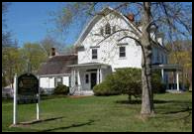
Native Americans, who were called Indians were the first inhabitants of the Moriches area. The north section was controlled by the Seatalcott Tribe and the south side by the Patchougs, although other accounts place the Unkechaugs in the area. Names ending in “ogue”, which are common to this area, are Native American in origin.
The Poosepatuck reservation in Mastic, which still exists today, was the site of the main village.
The name Moriches was derived from the name of the Indian Mertices who lived on the bay near the Paquatuck River. The many spellings of the word Moriches result from the verbal communication at the time when many words were spelled as they sounded.
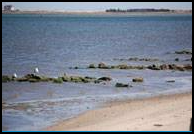
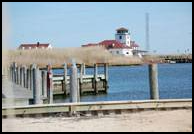
The settlers of the East Moriches area apparently had a good relationship with the Indians. They traded powder, muskets and shot among other items. The Indians did not understand private ownership of land, which probably accounts for the fact that there are no local real estate offices mentioned in the early history!
Villages developed on the banks of rivers and creeks since many of the goods of the area were moved by water. Grist mills appeared on almost every creek to grind the local grain into flour to make bread. A paper mill also existed which turned out 300 pound rolls of paper. Roads were built in the 1700´s with much difficulty since all land was privately owned and easements had to be obtained from the land owners.
The Long Island railroad was extended to the Moriches area in 1881. A station was built in West Moriches, serving the towns of Moriches, Center Moriches, and East Moriches. A Western Union Telegraph System arrived with the railroad.
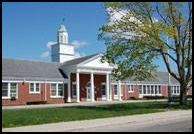
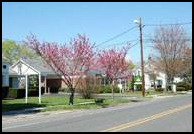
Electricity was brought to the Moriches area by 1909 by the Patchogue Electric Light Company. The company was taken over by the Long Island Lighting Company in 1964.
A radio station was built in East Moriches at the end of Smith Street. Its spark transmitter was used to communicate with ships at sea. It was forced to be silent in the evening hours by local residents since it interfered with popular radio programs
The ocean waters to the south of East Moriches spawned numerous shipwrecks. Local residents responded to distress calls with their sailboats or by driving their horses and wagons across the frozen bay.
Eventually, life saving stations were created along the beach, and the U.S. Life Saving Force was created which eventually became the U.S. Coast Guard. The present day station in East Moriches was built in 1940-41.
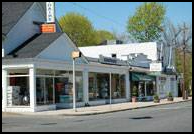
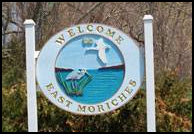
The Moriches area became known for its numerous duck farms. It became the largest duck raising area in the country. Few duck farms remain today.
The main attraction of the Moriches area was its beaches and boating as it is presently. Many large hotels graced the area but they were eventuallydestroyed by the hurricane of 1938 and other weather related incidents. East Moriches had many houses on the beach and a club where the Moriches Inlet now exists.
You may find more extensive information on the Moriches area in The Illustrated History of The Moriches Bay Area by Van and Mary Field. It is available at the Moriches Bay Historical Society, P.O. Box 31, Center Moriches, N.Y. 11934, Telephone 631 878-1776.
